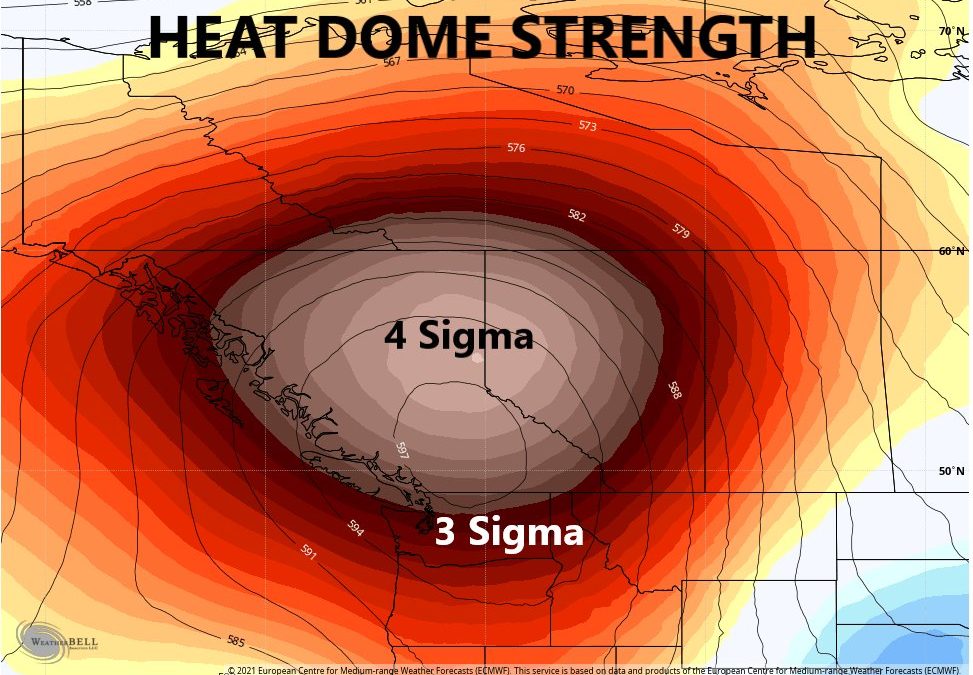Termites in Australia are hungry and marching as the climate heats up – “It’s a matter of when, not if. They’re going to get here, and when they get here, they’re going to cause a lot of problems.”

By Frances Vinall
1 January 2023
TENNANT CREEK, Australia (The Washington Post) – In a forgotten restaurant behind a gas station in this country’s red center, only metal and plastic parts remain unscathed. Chris Cook grabs at a timber door frame, which crumples like paper in his hand.
“This has all just collapsed,” says Cook, a manager at Territory Pest Control in Australia’s Northern Territory. He eyes boards hanging in ragged pieces from the ceiling. Since he last visited the abandoned building three years ago, thousands of uninvited guests have been busy.
The destruction at Galaxy Auditorium restaurant at Wycliffe Well — a tiny highway stop calling itself the “UFO capital of Australia” — is the destruction that could lie ahead for many places on the continent unless Mastotermes darwiniensis can be stopped. These termites are the last survivors of an ancestral species that shared space with dinosaurs 150 million years ago. They’re voracious and relentless. And because of climate change, they, like their fellow kin, are expanding their range.
A study conducted on six continents and published in Science in September revealed just how much termites love a warming planet.
“The extreme response was really surprising,” said Amy Zanne, a professor of tropical ecology at the University of Miami and the study’s lead author. She corralled more than 100 scientists to place blocks of wood at 133 sites around the world and then measure the speed at which they were eaten in different climates. “We ran the numbers again and again,” she said.

Termites are crazy about heat, the study confirmed and quantified. For every 10-degree Celsius (18-degree Fahrenheit) increase in temperature, their “wood discovery and consumption” increased almost sevenfold.
The Australian species is the most primitive of all termites, the closest to the root of the evolutionary tree. Also called “mastos” or giant northern termites, they have a breeding superpower: Almost any member of a colony can transform itself into the breeding queen if the previous monarch is felled. Not only that, they have a broad palate and have been known to eat lead, plastic, leather, ivory and asphalt. Cook once treated a colony that took to a concrete building’s water pipes and climbed eight stories.
The species has long been an infuriating part of life in the tropical north of Australia, the only place it once was found. But over the past two decades, it has started establishing itself farther south.
Cook spends his days driving thousands of miles across the often-scorching Northern Territory. Tennant Creek — more than 10 hours from Darwin, the territory’s capital and the closest city — is the small community where he’s testing whether the termites can be blocked or at least contained with bait. The greatest worry is the impact they could have on the main town in Australia’s huge and isolated Outback: Alice Springs, population 25,000, directly in the line of their apparent advance.
“It’s a matter of when, not if,” Cook said of the prospect. “They’re going to get here, and when they get here, they’re going to cause a lot of problems.” [more]
Hungry and on the march as the climate heats up: Termites in Australia
Termite sensitivity to temperature affects global wood decay rates
ABSTRACT: Deadwood is a large global carbon store with its store size partially determined by biotic decay. Microbial wood decay rates are known to respond to changing temperature and precipitation. Termites are also important decomposers in the tropics but are less well studied. An understanding of their climate sensitivities is needed to estimate climate change effects on wood carbon pools. Using data from 133 sites spanning six continents, we found that termite wood discovery and consumption were highly sensitive to temperature (with decay increasing >6.8 times per 10°C increase in temperature)—even more so than microbes. Termite decay effects were greatest in tropical seasonal forests, tropical savannas, and subtropical deserts. With tropicalization (i.e., warming shifts to tropical climates), termite wood decay will likely increase as termites access more of Earth’s surface.
Termite sensitivity to temperature affects global wood decay rates


